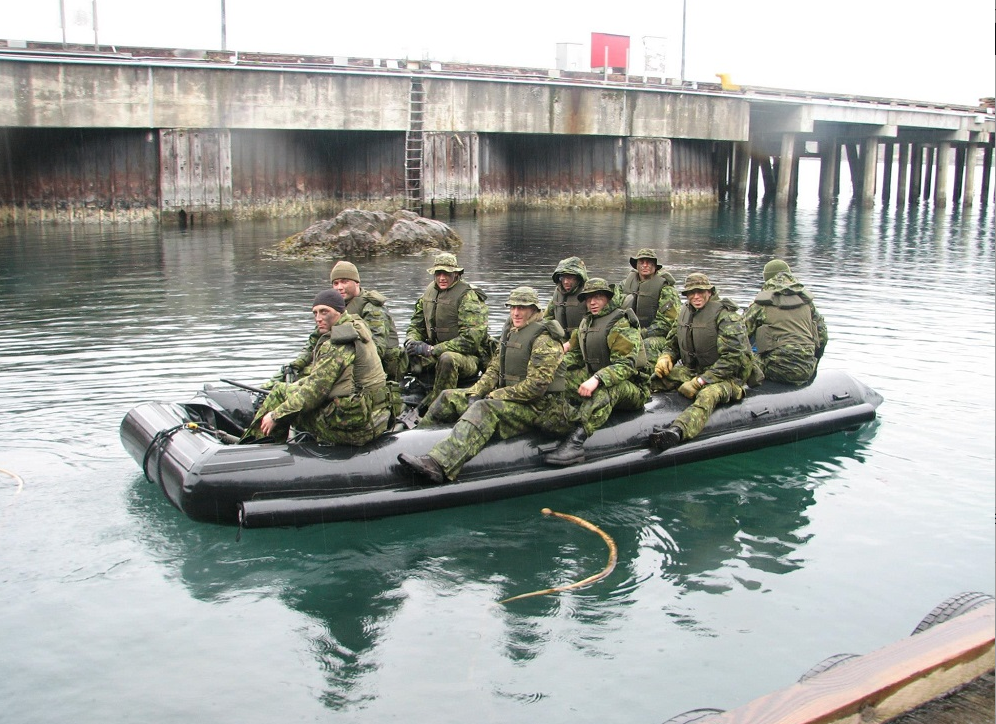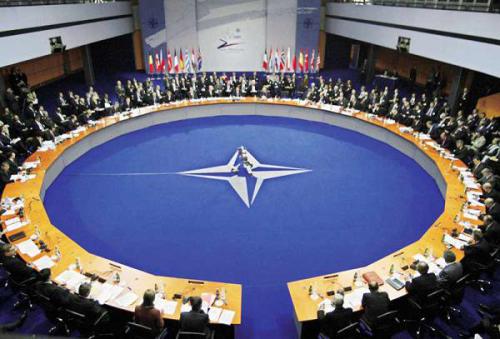Much attention has been paid to Trident Juncture and understandably so. One of the largest joint exercises in the history of NATO, Trident Juncture saw the deployment of approximately 36,000 troops from 30 countries to Portugal, Spain, and Italy for more than a month of simulated operations between September 28 and November 6. However, another joint exercise of importance to Canada coincided with Trident Juncture 2015 and may have missed notice as a result.

From October 16 to November 11, a small detachment of Canadian troops will join the 2015 edition of Southern Katipo, an amphibious-oriented joint exercise hosted biannually by New Zealand, which involves a total of approximately 2,000 military personnel. Seven other countries are participating alongside the Canadian Armed Forces (CAF) and the New Zealand Defence Force (NZDF): Australia, Fiji, France, Papua New Guinea, Tonga, the United Kingdom, and the United States. Aside from strengthening defence ties with New Zealand, Southern Katipo is of significant interest to Canada because it affords a rare opportunity to simulate a multinational operation on land, sea, and air in a Pacific environment. This year’s scenario involves the fictitious Pacific island nation of Becera requesting intervention from the international community amid economic collapse and civil disorder.

However, Canada may not be extracting as much benefit as it can from Southern Katipo. As in the 2013 edition, the Canadian troops deployed to New Zealand will mostly be limited to headquarters roles. While it is commendable that CAF has focused so heavily on developing joint staff competencies recently, such as the Multinational Joint Integrated Task Force (MJITF) exercise held in Meaford, Ontario in parallel with Trident Juncture, Southern Katipo could be ideal for the development of specific amphibious warfare capabilities, such as beach assaults. Canada lacks an equivalent to the United States Marine Corps (USMC) or the United Kingdom’s Royal Marines, but infantry units in the Canadian Army have traditionally been called upon to fill equivalent roles. For example, during the 2014 edition of Exercise Rim of the Pacific (RIMPAC), a company-sized force from Third Battalion, Princess Patricia’s Canadian Light Infantry (PPCLI) was sent to training areas in Hawaii to practice beach assaults and other skills associated with marine infantry. This has not been limited to RIMPAC either. During the Integrated Tactical Effects Experiment (ITEE) hosted by the USMC, elements of the Royal 22e Regiment have also simulated beach assaults alongside US Marines.
Nonetheless, the Canadian participation in Southern Katipo does much to strengthen political relations in the Pacific. The NZDF strategic document “Army 2020” describes the promotion of this biannual joint exercise as a priority, and so the deployment of headquarters staff alone to New Zealand is a gesture that demonstrates Canada’s desire for closer relations. In the 2013 edition, Canadian soldiers were embedded in NZDF units for the first time. Even if the Canadian role in Southern Katipo has been rather small thus far, it can be said that the defence relationship is still at a very early stage and that further efforts from both sides could someday see CAF and NZDF units staging beach assaults together, a manifestation of the continued relevance of Commonwealth ties.




